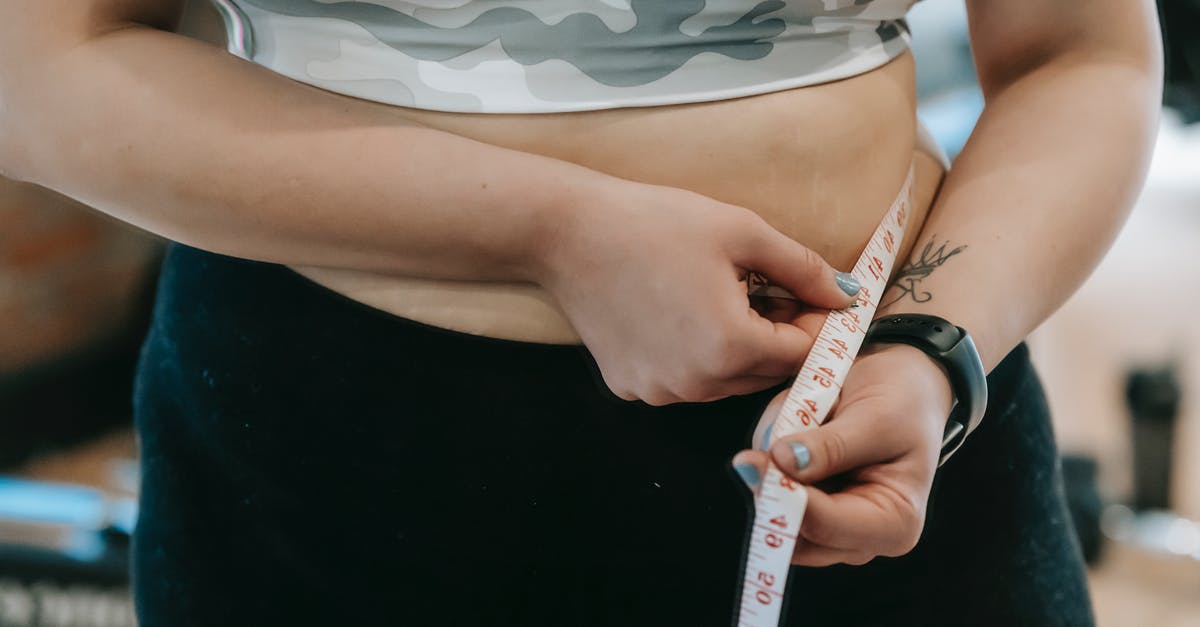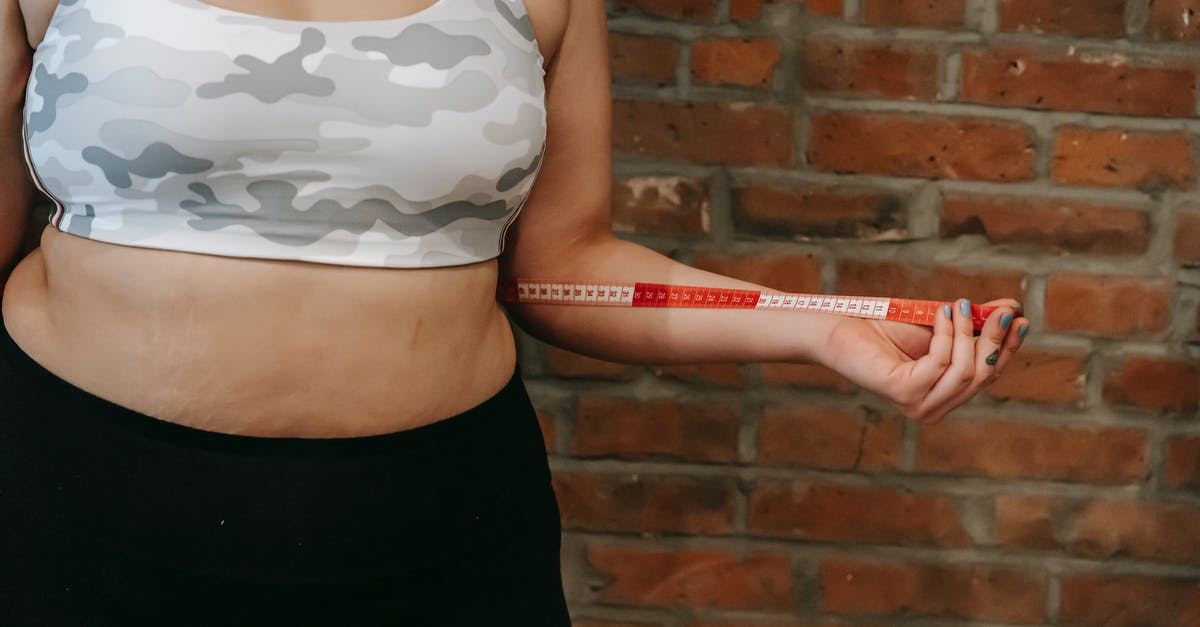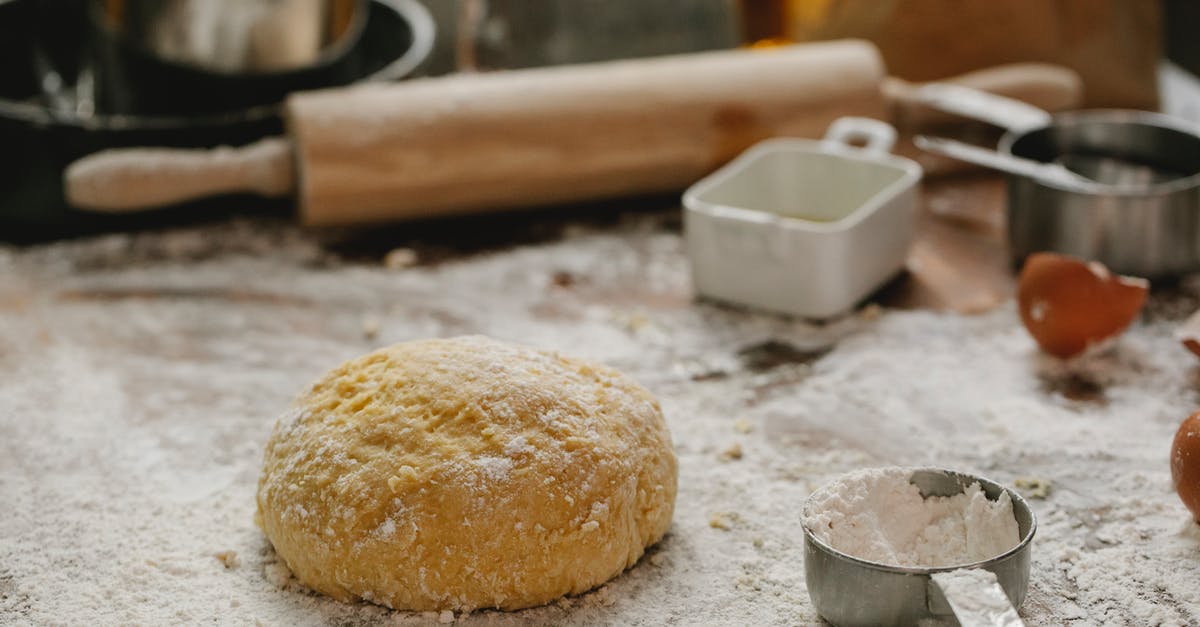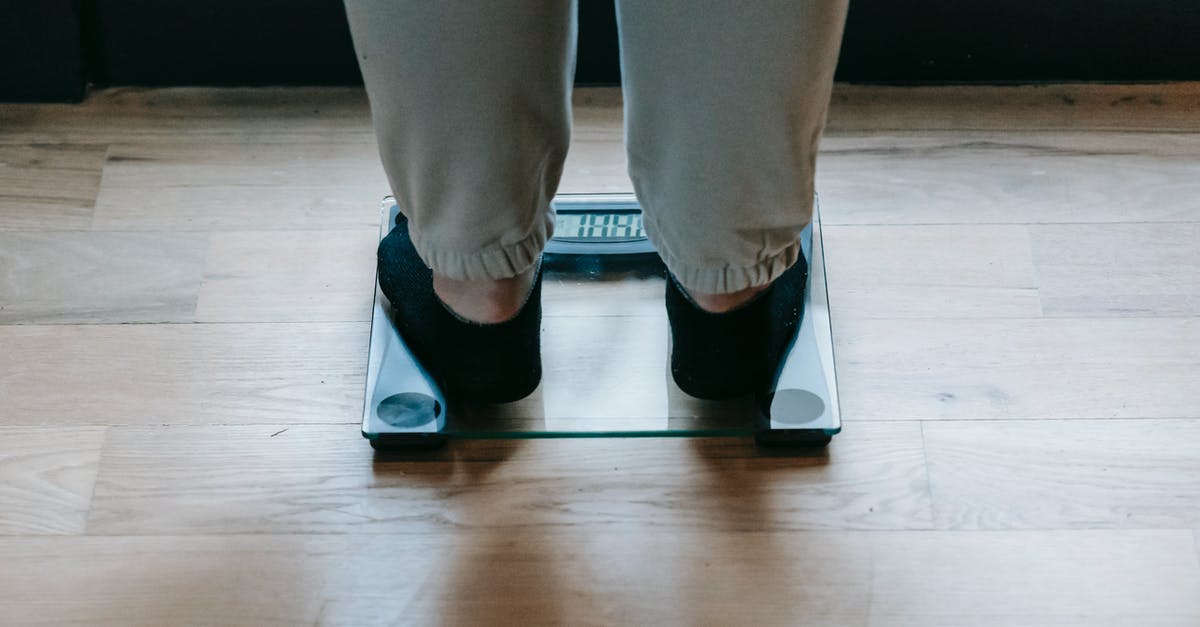Isn't moisture a problem when measuring flour by weight?

In this thread:
Is it okay to measure flour by weight by converting from volume?
The choice of measuring by volume and weight is discussed. I've always preferred weight, but have a lingering feeling of an additional error that is more prevalent when measuring by weight, namely any amount of moisture content in the flour.
Say, perfectly dry flour has a certain density d.
The flour that has a "maximum moisture content", have certain percentage flour, and a new density d_2. These two numbers conspire to change both the volume and weight measurments.
"Maximum moisture content" means "not obvious", I guess.
Are there any known results of this kind? How much more/less moisture may exist in the flour without being noticable?
To further complicate matters, I guess it also means that any added water should take that extra moisture into account?
I'm thinking of the similar discussion of mushrooms; weight vs volume, which always claims weight is better - to which I disagree; just think of dried mushrooms, at a fraction of the initial weight. Of course a powder isn't the same as a mushroom with cell walls, but I guess as single flour particle could absorb moisture anyway?
Best Answer
Here is a post on the subject I found interesting. http://www.genuineideas.com/ArticlesIndex/flour.html
The findings may not be definitive, but seem logical enough to be at least close. Basically, my paraphrasing, they find the difference between completely dry flour and very humid conditions for most of us to be real but much less than that from volume measure. They get more technical on some of their justifications than some might prefer, but generally claim that weight should not vary by more than 3% for most of us, and that given most home scales are accurate to about 1% and we classify that as precise measuring, 3% is not huge.
Guessing here, but I would suggest that other ingredients may also be effected at least in this same range by humidity and this effect is less than altitude variations, and that volume measures are likely effected by humidity which would allow increases in compaction as much, maybe ore than weight. Given 3% as a rough guide, I think this fits into feel and experience areas and normal variations in cooking. For those outside the "normal" band, desert and high humidity coastal type areas, having lived in both, yes, it is one more curse of trying to get consistent results there.
Pictures about "Isn't moisture a problem when measuring flour by weight?"



Does humidity affect flour weight?
In a humid environment, flour will pick up moisture and swell, and a cup will weigh less than the amounts given.How do you measure moisture in flour?
Moisture. The simple air-oven method is sufficiently accurate for the routine analysis of flour moisture at the flour mill or bakery. The procedure involves heating a small sample of flour (~2g) for 1 hr at 266\u02daF (130\u02daC + 1\u02daC) and taking the loss in weight as the moisture content.Does flour attract moisture?
Flour is hygroscopic, and quickly scavenges any available humidity from its environment: So my initial "quick and dirty" test overestimated the humidity offset in flour weight. By the time you store flour in a 'typical home" with humidity above 20%, most of the rapid moisture absorption has occurred.Do you measure flour by weight or volume?
You may have noticed that when a Serious Eats recipe calls for flour, the amount called for is almost always given in both cups (a measure of volume) and ounces (a measure of weight). Our standard conversion is 1 cup of flour = 5 ounces, or 148 grams.ISN 24/7 LIVE Stream
More answers regarding isn't moisture a problem when measuring flour by weight?
Answer 2
Having lived in Arizona (VERY low moisture - often 3-5 %, I was born there) and now in the Philippines (High 90s humidity always), the difference is VERY small, not usually noticeable. It is within "normal tolerances". Each brand can be a little different too, but most are nearly the same.
Sources: Stack Exchange - This article follows the attribution requirements of Stack Exchange and is licensed under CC BY-SA 3.0.
Images: Andres Ayrton, Andres Ayrton, Klaus Nielsen, Andres Ayrton
